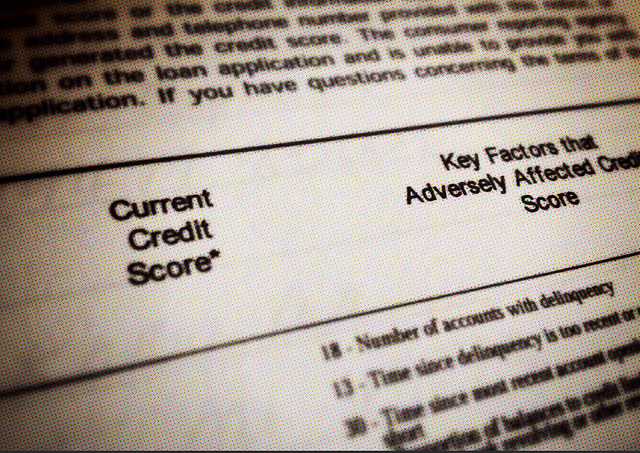According to the Mortgage Bankers Association’s Weekly Applications Survey, average mortgage rates increased across all loan categories last week, including 30-year fixed-rate mortgages with both conforming and jumbo balances, loans backed by the Federal Housing Administration, and 15-year fixed-rate loans. Last week’s rate increase continues a recent upward trend that is powered by a stronger economy and significantly improved employment picture. It is also partly driven by expectations that the Federal Reserve may raise interest rates in December. Mike Fratantoni, MBA’s chief economist, told CNBC, “Mortgage rates were up for the third-consecutive week as markets responded to a stronger-than-expected job market report for October.” But despite the rate increase, demand for mortgage applications fell less than expected. In fact, purchase application demand was essentially flat from the week before and refinance activity, which tends to be more sensitive to rate fluctuations, fell just 2 percent. The MBA’s weekly survey has been conducted since 1990 and covers 75 percent of all retail residential mortgage applications. More here.











